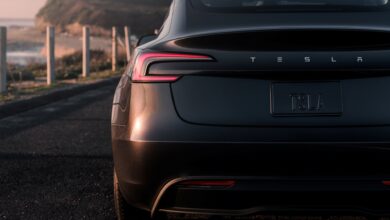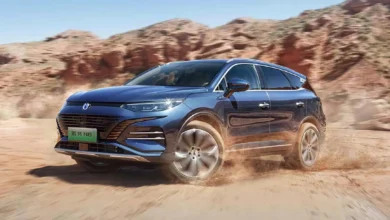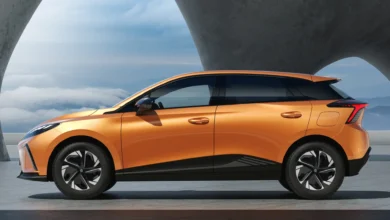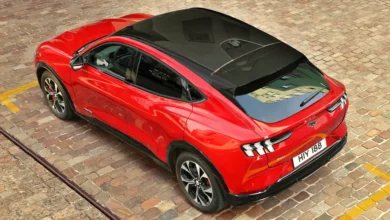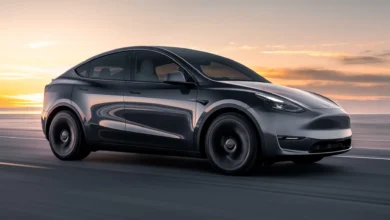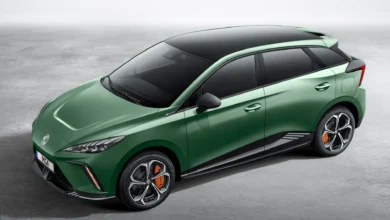
Norway in 2025, the United Kingdom in 2030, the entire European Union in 2035… More and more governments are putting a date on the ban on the sale of new cars with internal combustion engines. The latest region to join has been California, which in 2035 will become the first state in the United States to carry out this movement.
The California Air Resources Board (CARB) yesterday voted on the Advanced Clean Cars II regulation, through which the planned ban on non-plug-in car sales will be articulated. It is expected that the example of California will be followed later by other states in the country.
California’s plan will be implemented in phases. Thus, in 2026, 35% of cars sold in the State will be required to be plug-in, a percentage that will increase to 68% in 2030, reaching 100% in 2035. In the case of heavy trucks, the deadline will be 2045. Manufacturers that fail to meet the targets will face fines of up to $20,000 per unit. By 2040, authorities estimate that California will have cut its greenhouse gases by 50%.
It should be noted that California will continue to allow plug-in hybrids to be sold in 2035, although they may not account for more than 20% of the volume of each manufacturer. Therefore, in practice it will still be possible to market some models with an internal combustion engine; however, PHEVs will be subject to stricter regulations, including a minimum electric range of 80 km (in pure electric cars it will be 240 km).
California to make it mandatory to offer battery status metrics in second-hand electric cars

Advanced Clean Cars II will also include incentives and targets to stimulate sales of new and used electric cars. Thus, vehicles of this type will have to come with a charging cable by law; In addition, manufacturers will have to offer standardized adapters for public charging stations.
When selling a second-hand electric car, a series of battery condition metrics should be made available to the buyer. Vehicles must retain 70% of their original autonomy for 10 years or 150,000 miles (240,000 km), a percentage that will increase to 80% from the year 2030.
The battery warranty must cover 70% of its original capacity for 8 years or 100,000 miles (160,000 km), increasing to 75% from 2031. On the other hand, it will be required that the information necessary to repair electric vehicles be reached out to independent garages, something essential as zero-emission mobility becomes more popular.
